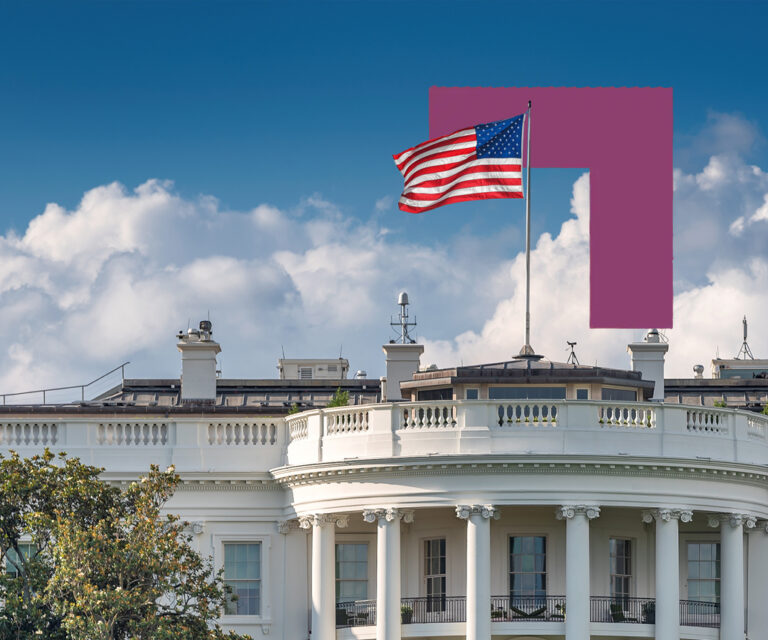-
The transition from acute to chronic stress
Three months after the Russian invasion of the Ukraine, the fighting and destruction continues. Our March macro deck focused on the ensuing volatility of equity markets, consumer prices and energy costs. In June, there is no sign of the conflict abating, volatility in the capital markets remains high, and energy costs continue to edge upward. As the situation in Ukraine transforms from an acute conflict into a chronic state of affairs, it joins a string of other global stress points that remain ongoing and without closure. Among them are: COVID-19, rising inflation, supply-chain blockages, climate change, and geo-political tensions that exist far beyond Eastern Europe.
The progression from acute to chronic has another positive aspect. The transition allows investors to underwrite assets with the new risks accounted for.

The trade links between the world and the conflict zone in Ukraine are relatively small in aggregate terms. However, when combined with COVID-related snags and new sanctions on Russian exports, these blockages become severe all across Europe and beyond. Critical commodities such as energy, grains, and specific materials with direct implications for real estate (such as sheet metal and sprinklers used in warehouse buildings) are all affected. This contributes to higher levels of inflation in Europe and around the world. The macro deck shows that medium- and long-term inflation expectations remain subdued (pages 7,8,10). But, this comforting view does not alleviate the stress on major economies and construction pipelines in the short term.
Chronic inflation risk will likely be mitigated by real estate’s ability to work as a partial inflation hedge, although this ability is uneven across markets and sectors. This is because real estate has performed best as an inflation hedge when landlords have pricing power to push market rents. Today, this pricing power is in place for many property types favoured by investors. Moreover, this inflation hedging performs best when rising utility costs can be passed through to tenants via “triple net” leases, rental indexation and shorter lease terms. Inflation also contributes to higher construction costs, which means higher replacement costs, extended construction periods and slowdown of development pipelines. In the past, this has supported resilient values for standing assets during periods of elevated inflation. There are no guarantees that this resilience will occur, but the pieces are in place for a strong inflation hedge effect again.
From an investor’s perspective, geo-political tensions would appear to represent a chronic malady of the post-globalization era. Examples of authoritarianism, geopolitical disputes, populism, and nationalism can be found across the world. Important measures to watch are: geopolitical risk (page 3), the health of democracy (page 13) and real estate transparency. According to EIU’s Democracy Index 2022, the scores have been falling in many countries, due to pandemic restrictions that meant many countries struggled to balance public health with personal freedom. On the bright side, JLL and LaSalle’s soon-to-be released Global Real Estate Transparency Index shows marked improvements in three categories: sustainability reporting, proptech adoption, and data tracking of alternative property types. Rising transparency may not counter all the negative effects of falling democracy; but data availability and strong property rights have historically underpinned the free movement of capital to real estate.
The progression from acute to chronic has another positive aspect. The transition allows investors to underwrite assets with the new risks accounted for. During the acute stage, investment decision-making can become paralyzed. In the chronic stage, investors can begin to make longer-term risk adjustments that anticipate the long-term trajectory of the situation.

Nov 19, 2024
ISA Outlook 2025
Shifting interest rates, dynamic occupier fundamentals, deepening bifurcation within sectors: how should real estate investors respond?



